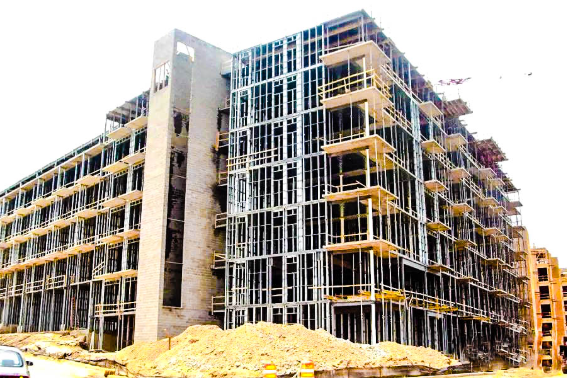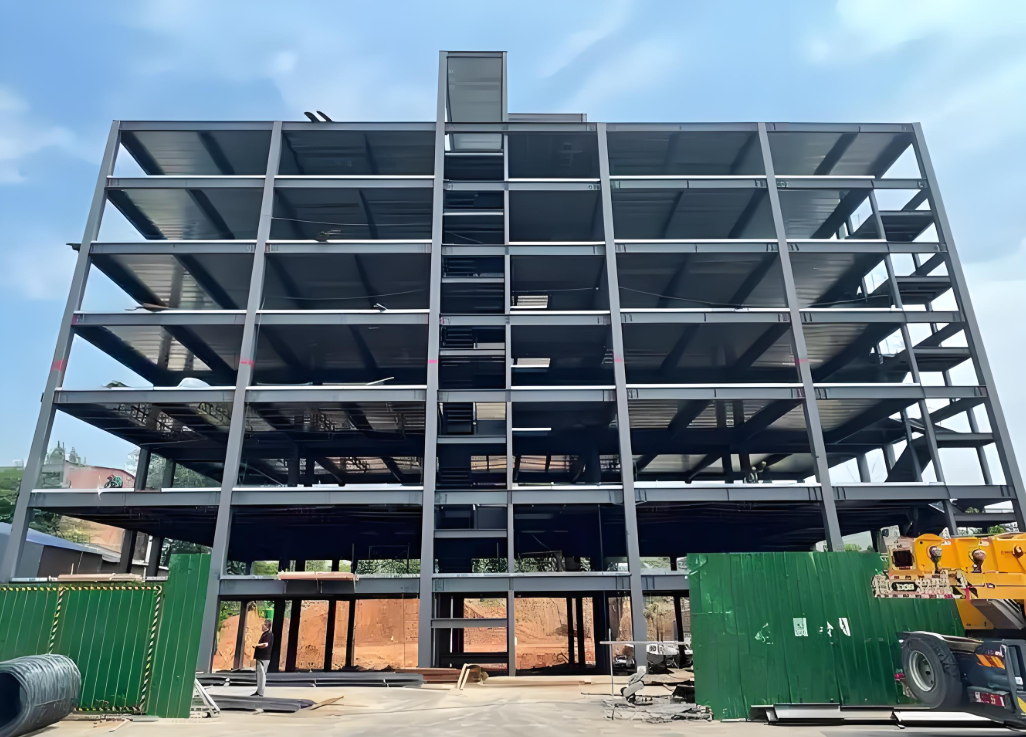Key Reinforcement Methods for Steel Structure Factory Buildings

While reinforcement of reinforced concrete structures is common, steel structure reinforcement focuses on industrial facilities like cooling towers, factory buildings, and mezzanine floors. Primary methods include:
Load Reduction: Decrease structural stress by redistributing or reducing loads.
Structural Redesign: Modify the structural analysis model to optimize force distribution.
Section Strengthening: Increase cross-sectional dimensions or enhance connection strength of existing members.
Crack Control: Halt crack propagation through reinforcement or repair techniques.
Alternative Methods: Apply proven solutions tailored to specific damage scenarios.
Reinforcement Types
Partial Reinforcement: Targets individual members or joints with insufficient capacity. Methods include:
• Section enlargement
• Member length reduction
• Joint reinforcement
Comprehensive Reinforcement: Strengthens the entire structure through:
• Original structural model adjustments
• Support system enhancements (most effective and cost-efficient)
• Cross-sectional upgrades (material- and labor-intensive but reliable)
Construction Approaches
Load-Bearing Reinforcement
Applied when member stress < 80% of steel design strength and damage is minimal.
Temporary load removal may be required for new components to engage.
Ensures no disruption to adjacent structures.
Load-Removal Reinforcement
Used for severely damaged structures or highly stressed components.
Limits movable loads (e.g., crane beams) to simulate partial unloading.
Component Replacement
For critical damage or inadequate original capacity.
Requires temporary supports during removal and guarantees structural stability post-replacement.
Reinforcement strategies are determined through collaboration between designers and contractors, prioritizing safety, quality, and site-specific conditions.



